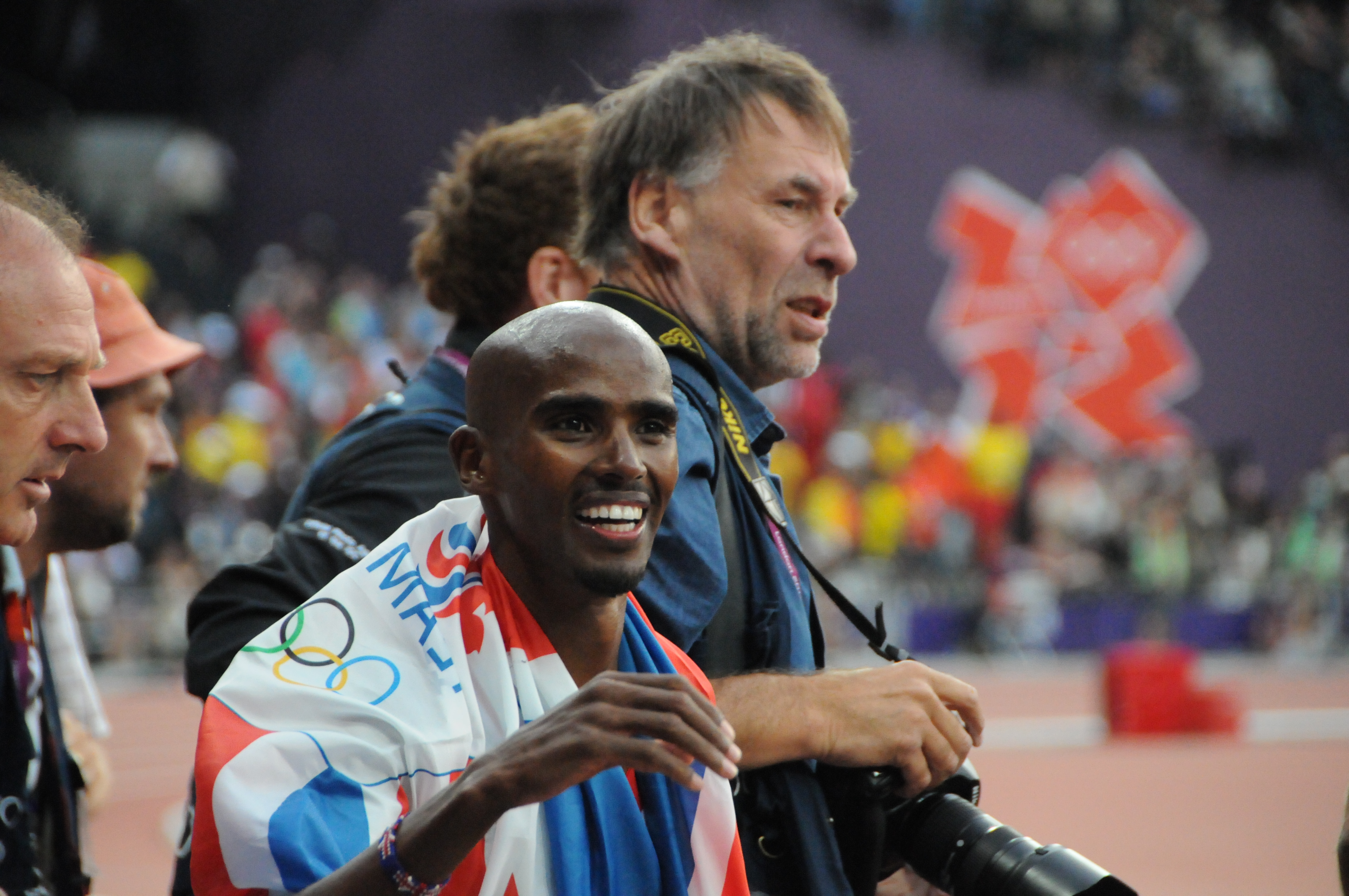“The Olympics Committee and the United Nations have placed heavy importance on using sport as a tool for peace. But can this be a reality?”
One year ago I conducted research into the role of participatory football in positive relationship building (between “us” and the “other”), as well the possibility for peacebuilding through football in pre, ongoing and post-conflict situations.
While most practitioners of participatory football believe that relationships between participants are positive, external organisations tend to remain more critical.
Organisations such as the Swedish International Development Cooperation Agency (SIDA) are sceptical of whether individual relationships can transcend to the wider community and political spheres, and whether they can promote long-term sustainable peacebuilding.
My own conclusions sided with the views of SIDA. I found that participatory football, at most, was able to transform only individual relationships between individuals from opposing teams. However, in the run up to the 2016 Rio Olympics in Brazil, and amid talk about the benefits of uniting the world through sport, I questioned the angle of my research.
The Olympics is the universal sporting event. As of 12 July, 194 countries had qualified to participate in the Games. When focusing on relationships in sport, I wondered whether these could be better built through sports spectators, rather than sporting participants.
The idea that the Olympics could be a route to peace is not new. The ancient Greeks formed a truce between states during the competition to ensure that athletes and spectators could travel in safety across the Grecian world.
The military were banned from entering Elis, the city where the games were held, and all legal disagreements and death penalties were put on hold.
The idea was reintroduced and evolved with the revival of the Olympic Games in 1896 to indicate a desire to promote “window of opportunities for dialogue and reconciliation” between different parties. The rings, for example, represent the five continents with none taking precedence.
Not only does the Olympic Committee place a lot of weight on the power of the sport, but the United Nations has even set up an entire organisation called the United Nations Office on Sport for Development and Peace (UNSDP). The aim of UNSDP is to harness the potential of sport for development and peace.In 2014, they declared 6 April as the International Day of Sport for Development and Peace (IDSDP). This move posits sport as a powerful tool, placing its importance as parallel to World Press Freedom Day and Human Rights Day.
Most scholarly work suggests that there is limited evidence linking the power of spectator sports and the promotion of peace.
Instead, arguments have stated that “competitive sport fosters behaviours and attitudes that are innate to war”, while national sports promote nationalism and create a sense of the “other”. This was seen during the 1972 Olympics, when 11 Israeli athletes were taken hostage by Palestinian militants in Munich, West Germany.
But does all this mean that we should reject the notion of using sport to further peace attempts?
The Olympic Museum counters the accusation that competitive sport advances warlike attitudes. Instead, they state that the Games “satisfy the instinct for competition between groups by fair combat”. In doing so, it suggests that the Olympics remove the need for this to occur outside the arena, returning to the idea that sporting participants gain the most in terms of meeting different people and building relationships with those from different backgrounds.
For real life examples of this, one need not look further than Usain Bolt celebrating his 100m win with the Swedish handball team during the 2012 Olympics.
This does spread to sports spectators as well. However, spectators must be split into those watching the Games live and those watching on their TVs.
A glimpse at the stadia and one can see people waving flags, faces covered in the colours of their national flag, intermingled in a way different to any other competitive sport. This leads to greater interaction between different communities.
However, the cost of getting to a country and staying in a Olympics host city, where prices shoot up during the Games, will put off most people from attending. This leaves a large portion of spectators tuning in through their TVs, making them a group highly underrpresentated in peacebuilding projects.
For those at home, there isn’t reason to believe that new connections are made during the Games beyond now well-known names such as Usain Bolt and the “rise against the odds” stories such as Mo Farah’s.
Although some believe that these connections do have a greater impact beyond the individual, evidence has suggested otherwise. Farah was a practicing Muslim who moved to the UK at the age of eight from Somalia, unable to speak a word of English, before going on to become the country’s sweetheart during the 2012 Olympics.With instances of Islamophobia and a continuing anti-immigration rhetoric only increasing since 2012, it appears that while spectators form attachments to sporting competitors, it doesn’t necessarily change their attitude on a wider level.
Overall, it appears to seem that while individual relationships between spectators at the Games and with athletes are built, it is naive to suggest that these relationships extend to promise unity or peace.
The Olympic museum does acknowledge that the Olympic Games does not serve to “abolish all international geopolitical pressure, conflicts and difficulties”. Therefore, it is vital that rather than persisting with the hyperbole that surrounds the Games, we look to pursue achievable aims.



